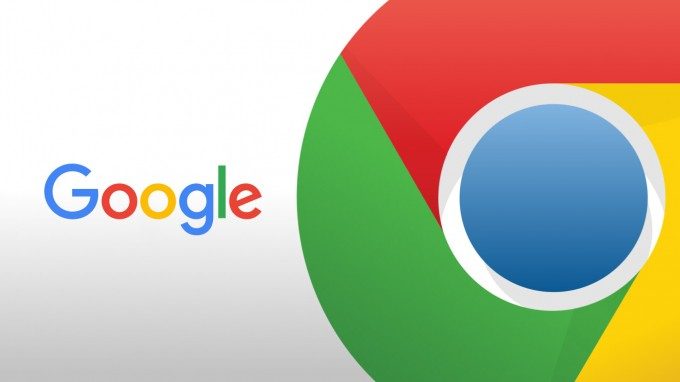Google recently pushed out Chrome 66, the latest update to the company’s web browser. Unbeknownst to the VR community, Google also quietly included WebVR integration for OpenVR-compatible headsets including Oculus Rift, HTC Vive, and Windows “Mixed Reality” VR headsets.
Although initial WebVR integration has been a part of beta versions of Chrome for about two years now on Android, the company has finally brought its WebVR functionality to the browser’s stable branch, at least for PC VR users running Windows 10.
First reported by The Verge highlighting the work of eagle-eyed Redditors this past week, the option is simple to turn on in Chrome for Window 10. Type in ‘chrome://flags‘ into the URL bar and toggle VR hardware support. Oculus users can simply toggle ‘Oculus hardware support’ to bypass the need for SteamVR.


WebVR is a set of APIs designed to power browser-based VR experiences. Available across several web browsers including Supermedium, Samsung Internet, and Mozilla Firefox, WebVR essentially delivers portable applications to VR headsets via the web with the emphasis on easy content consumption.
There are a numerous examples of web pages using WebVR; here are a few of our favorites to get you started:
- Within VR (video platform)
- Google WebVR Experiments
- A-Painter (like Tilt Brush)
- A-Blast (shooting gallery)
- A-Saturday Night (dancing simulator)

